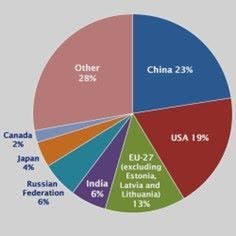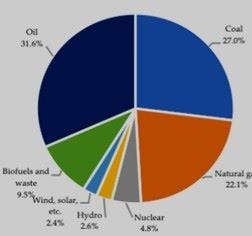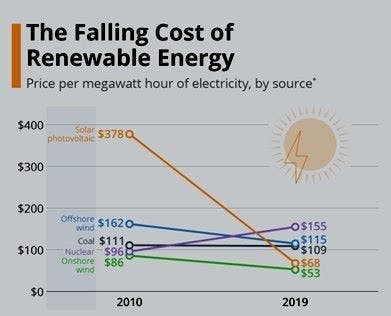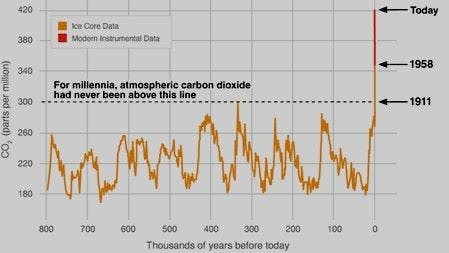Energy Storage: The energy from most green sources is only intermittently available. It must be converted into continuous usage through storage. Batteries are not large enough or safe enough to meet the storage requirement, particularly if we consider that the existing grid is old and undersized, and the global electricity load is expected to triple in a decade. Permanent and new solutions to meet the need for green energy storage are needed, and hydrogen storage is a natural solution. The salt cavern storage of green hydrogen is already functioning. For example, a major installation is under construction in Utah. It will store as much green hydrogen as 25% of all the battery capacity in the U.S. (11.1 TWh).
Green energy is not only cheaper, but it’s also less dangerous and quicker to deploy than fossil fuels. In addition, fossil fuels will continue to cause even more damage due to both shortages and the coming energy wars. I’m still optimistic because public opinion is changing. I believe that future generations will be as smart as our stone age ancestors, who switched to using bronze, not because they ran out of stone, but because bronze was better. I hope that we’ll follow the example of our ancestors, and will leave fossil fuels where they are.
A: The atmosphere would be black if greenhouse gases had color. The weight of the stuff we’ve already put up in the air is greater than everything we’ve ever built on the ground (Figure 3).
About the Author
Béla Lipták
Columnist and Control Consultant
Béla Lipták is an automation and safety consultant and editor of the Instrument and Automation Engineers’ Handbook (IAEH).

Leaders relevant to this article:





